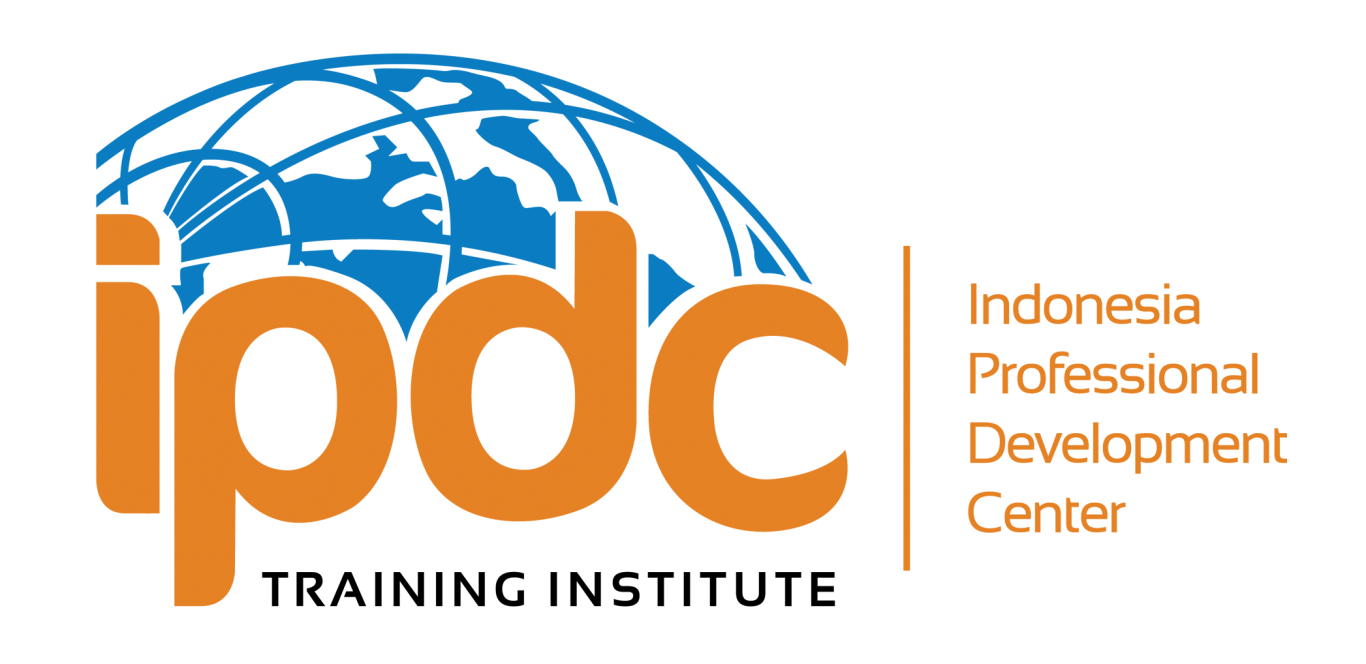

Wed, Mar 06
|Indonesia
Strengthening Business Acumen and Collaboration
In today’s increasingly complex business environment, leading organizations recognize superior strategy execution as a critical opportunity. However, the results of this study confirm that many companies are currently constrained by a business acumen gap.
Time & Location
Mar 06, 2024, 8:00 AM – Mar 07, 2024, 5:00 PM
Indonesia
About The Training
OVERVIEW
In today’s increasingly complex business environment, leading organizations recognize superior strategy execution as a critical opportunity. However, the results of this study confirm that many companies are currently constrained by a business acumen gap.
With a skills shortage in the external marketplace, organizations are challenged to effectively bridge the gap by building these skills internally. Recognizing the risks of on-the-job skill development, companies are increasingly leveraging innovative, direct, formal learning approaches to accelerate results. The research revealed that expert-led lectures, the traditionally favored method, are predicted to become more common. Going forward, business simulations are expected to become increasingly widespread, outpacing other formal learning methods.
However, to maximize impact, companies are best advised to move beyond a short-term approach to business acumen development and directly address skill gaps at all levels of the corporate hierarchy. A long-term, strategic, and proactive approach will prove critical to success.
OBJECTIVES
By the…




















